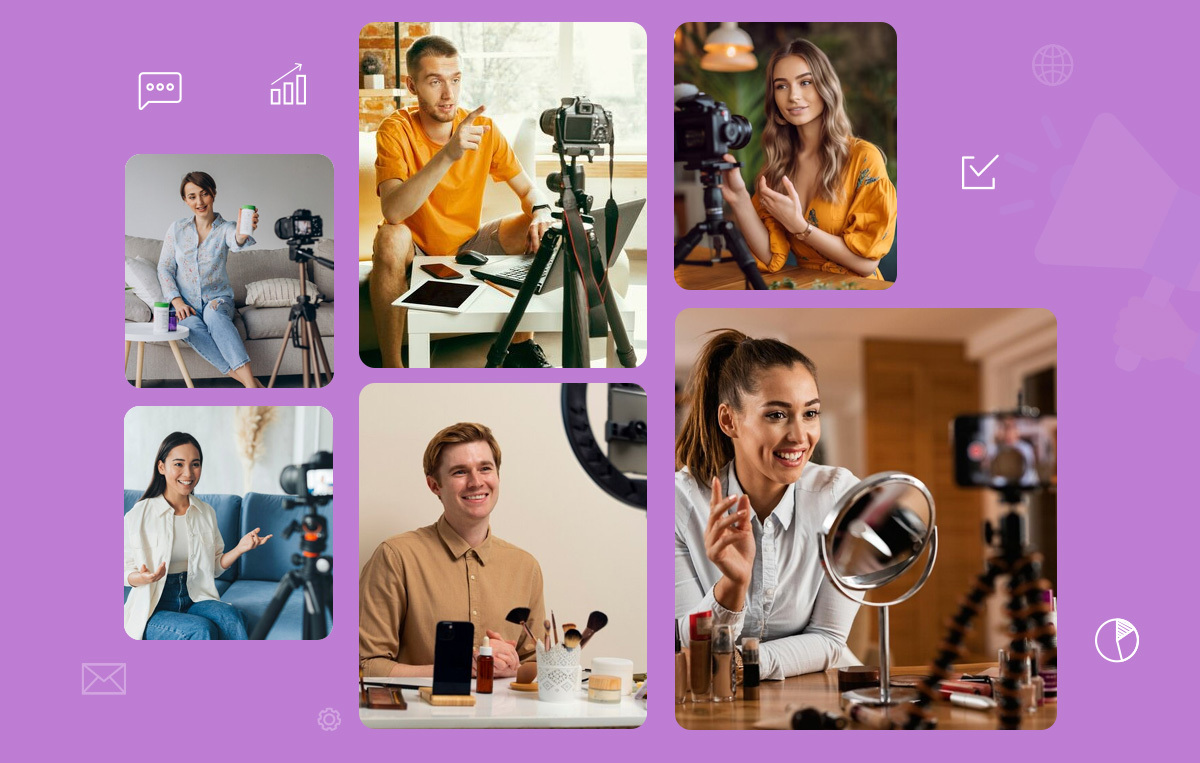Micro-influencers are the rising stars of influencer marketing. They make up 47.3% of the whole influencer population.
While the big influencers are losing their grip on audience trust, micro-influencers are shining in getting more engagement and better conversion rates at affordable prices.
I personally get convinced by my favorite micro-influencers every other day to try new products and services. The realization of this very trust and connection led me to explore the world of micro-influencer marketing at SocialPilot.
In our recent influencer marketing initiative, We joined hands with the genuinely remarkable Luke Shalom, who falls under the micro-influencer tier, and it helped us get fantastic engagement and generate valuable leads.
And I just want to share how everything unfolded. Thanks for stopping by!
If you are not sure about micro-influencer marketing or not an expert on how to use them exactly, this guide is just for you. I will draw on my experience of working with micro-influencers to help your brand easily get started to harness their power.
What is a micro-influencer?
Micro-influencers are individuals who typically have a following between 10,000 to 100,000 on a specific social media platform. It’s not just about the followers. They are defined by their niche expertise and the strong connection they share with their audience.
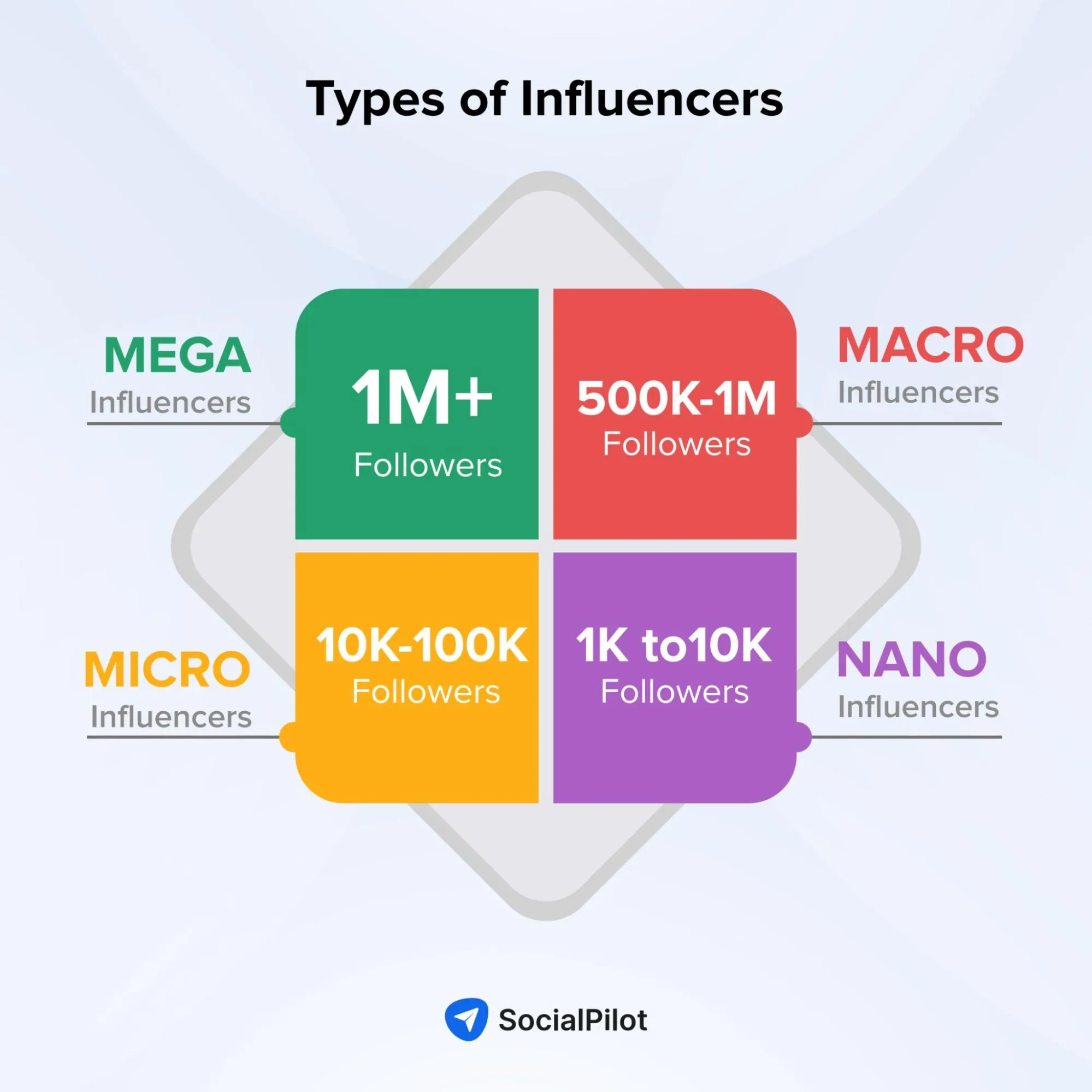
In a nutshell, micro-influencers are:
- Individuals with a modest following, typically in the thousands
- People who share content focused on specific niche interests on their social media profiles
- Influencers who have cultivated a subject matter expert reputation that resonates with their audience
Now that we know the term micro-influencers, let’s see what made this influencer clan establish itself permanently in the market ruled by traditional influencers.
Why Should You Work With Micro-Influencers?
The popularity and affordability of micro-influencers have made influencer marketing accessible to small businesses. However, their advantages extend beyond cost-effectiveness.
Allow me to walk you through the benefits we’ve discovered.
Trusted Voices in Niche Communities
Micro-influencers are considered expert voices in their niche. Their in-depth knowledge and passion for their chosen field resonate with their audience and make them more trustworthy.
Also, with their humble background and relatable stories, micro-influencers are perceived as “people like us.” The familiarity factor makes them less of a celebrity and more of a friend.
So, when a friendly neighborhood influencer decides to back any brand, people are more likely to believe in their advice than in a recommendation of a branded profile or celebrity influencers who do not usually consume what they promote on social media.
Better Engagement Rates
The trust of people in micro-influencers also translates into a good engagement rate.
Micro-influencers boast an average engagement rate of 3.86%, leaving mega-influencers lagging behind at just 1.21%. Now, what’s the reason behind it?
Well, most studies suggest that a smaller, more dedicated fan base tends to result in higher engagement levels. I feel less number of followers enable micro-influencers to interact with their community at a more intimate level.
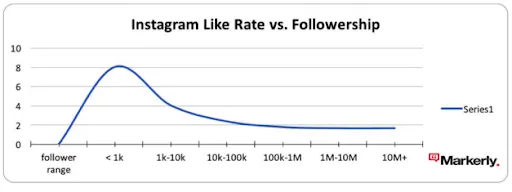
When they respond to comments and engage with their followers on a personal level, it inspires people to engage back, fostering a sense of community.
Our collaboration with Luke (micro-influencer) also yielded amazing engagement results. In the week of the post going live, SocialPIlot’s LinkedIn page saw an engagement rise of 7%.
But the most captivating aspect was the relationship we witnessed between him and his followers.
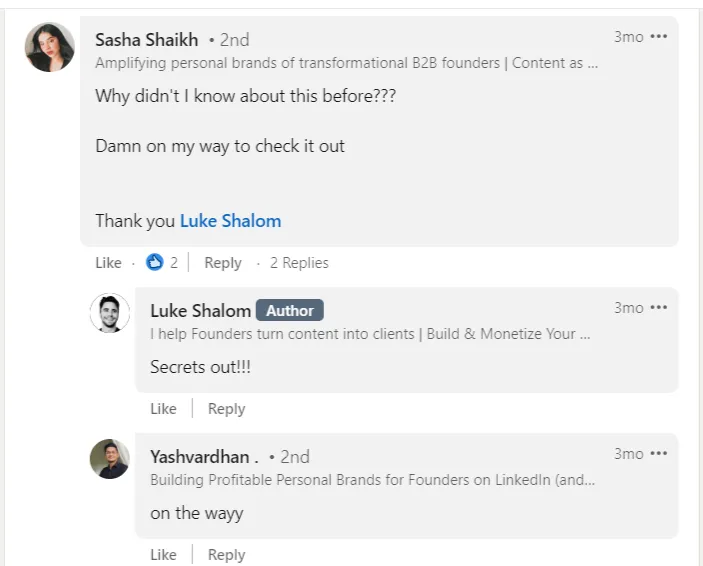
Experts in Their Niche
In today’s world, anyone can express their opinion on social media networks and build a credible following base.
However, having a large following doesn’t automatically translate into trust from your audience.
Building credibility as an influencer involves more than just being familiar. The most trustworthy and influential recommendations come from individuals who are experts in their respective niches.
This is where micro-influencers excel, as they only preach what they practice. In contrast, larger influencers who lack specific domain knowledge struggle to gain people’s trust when it comes to recommendations.
Moreover, since these low-key influencers keep posting around a specific niche, the audience following them is also highly targeted and specific to that particular domain. It opens doors for brands targeting niche audiences and achieving higher conversion rates.
Our reason for collaborating with Luke was the same. He doesn’t only run a prominent agency but is also connected to numerous fellow agency CEOs and CMOs on Linkedin, who happen to be our target audience as well.
Cost-Effective Conversion Drivers
With their highly targeted niche audience, micro-influencers churn out a 20% higher conversion rate than big influencers at a comparatively lower price.
Let’s take an example to understand it.
Say you have set aside $200k for your influencer marketing budget. Now, either you can go with one mega influencer who will promote one post of your product on their profile or hire 20-30 small influencers who are experts in your niche for the same price.
Where will you get more conversions? Let’s glance at an expert’s findings.
Sarah Ware, CEO & co-founder of Markerly, told Digiday that promoting a weight-loss tea company with the Kardashian and Jenner sisters led to many conversions. Interestingly, the conversion results were higher when they used 30-40 small influencers for the same brand.
It proves that micro-influencers, with their dedicated audience, can help you get higher conversions without squandering away big bucks.
How to Work with Micro-Influencers in 4 Easy Steps?
Collaborating with the right influencer is the crux of a successful micro-influencer marketing campaign. But your approach needs to be strategic.
In this section, I will touch on the strategic process I consistently follow to create the campaign brief document to collaborate with micro-influencers.
No matter the size of your campaign, these steps will always ring true when working with micro-influencers.
1. Identify your Goals
This is the basic step when starting any marketing campaign, right? Most of the time, this step comes even before deciding that you need to run an influencer campaign.
You will have a set of particular goals, leading you to decide to run the influencer campaign. However, the reverse is possible as well.
In either case, you need to jot down what you want to achieve.
For us, the principal reason to collaborate with Luke was to promote our latest AI assistant feature within our niche audience on Linkedin. Not only that, I also aimed to convert them using the discount code that we personalized for Luke:
“ Use code LUKE10 to avail 10% off on annual plans of SocialPilot.”
Yes, one very important thing!
Always set goals that are specific and measurable goals. Broad goals lack clarity and will end up confusing both you and the influencer in creating content and measuring performance.
Here are the KPIs we had set for Luke:
- Expected Impressions/per post – 40,000
- Expected Engagement Rate/per post – 2 – 4%
- Expected Conversions (overall) – 0.3 – 0.5%
After setting the goals, set aside your campaign document and wear your research hat to…
2. Find the Right Micro-Influencers for Your Brand
At this stage, you will have a clear understanding of your target audience, campaign goals, and budget. It’s time to identify the micro-influencers already catering to your niche audience and can help you with the promotions.
I’m sure you already have a few names in mind – individuals you have been following because of their popularity in your niche. By this stage, I typically have a few names in mind to kickstart the process.
At least, this was the case with Luke. He not only had an established community of people overlapping with our targeted ICP but was also a happy user of SocialPilot.
Honestly, this kind of combination is the best – people who already know the value you provide and are also on the receiving end of it can promote your brand with more authenticity.
In case you don’t have any leads, follow the below methods to find micro-influencers:
- Leverage your niche-related hashtags, keywords, and analytics on social media platforms to search for potential micro-influencers manually. Further, vet them to ensure their following and engagement are not fake.
- Use influencer marketing tools like AspireIQ, Upfluence, or FameBit. These platforms have databases and profiles of micro-influencers that match your criteria, streamlining the search process.
3. Reach out and Collaborate with the Right Influencer
Once you have finalized a list of influencers, start reaching out to them. One good thing about micro-influencers is that they are really accessible.
You can begin by reaching out to them through the platform where they are active and popular. Micro-influencers remain active in their DMs and usually reply back promptly.
Your introductory pitch needs to be concise and engaging. Begin by introducing your brand, followed by a genuine compliment on their work. Clearly state your purpose, and then guide them to transition to email for a more streamlined discussion if they express interest in partnering. And yes, don’t forget to mention that it will be a paid project.
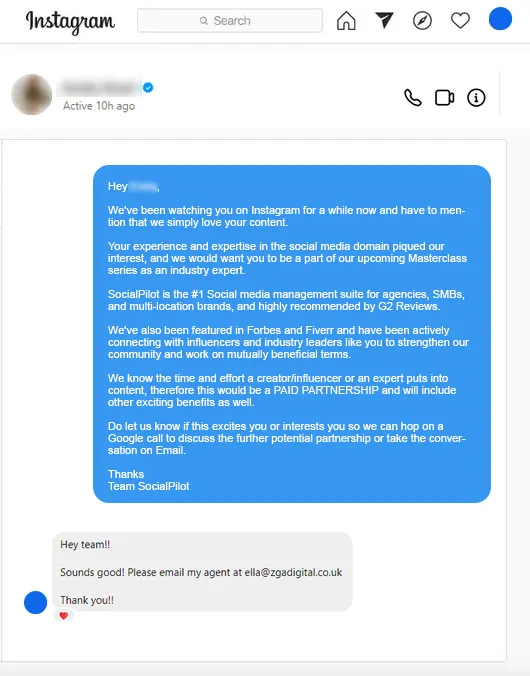
In the series of email exchanges, with frequent phone/video calls in between, you need to clearly define the whole scope of the campaign, discuss compensation and deliverables, and finally reach a collaboration agreement.
I can’t stress enough the importance of preparing a comprehensive influencer contract outlining all agreed-upon terms. This contract should cover project timelines, the number of deliverables, content ownership, payment schedules, content revision fees, exclusivity clauses, and any other relevant details.
4. Craft a Content Plan
While you decide on the social media platform, number of deliverables, and content format at the collaboration stage, the whole content ideation, creation, and review part happens afterward.
When it comes to content creation, leave most of it to the influencer. Micro-influencers know the kind of content their audience enjoys and have been creating it long before you came into the picture.
However, what they don’t know is your brand style and guidelines. Help them with the details of your brand tone, style, visual branding elements, and key messaging points.
After deciding on the LinkedIn carousel format and the key messaging, We left Luke alone to work his magic and come up with a story for the post. Of Course, you remain in the process of reviewing the progress and final content.
Conclusion
It turns out that bigger is not always better, at least not in the case of influencers, and it’s good news for brands of all shapes and sizes.
Micro-influencers’ epic rise in popularity is an excellent opportunity for small and big businesses to promote their brand, get engagement, and boost their conversions without spending big bucks.
The consumer is savvy. They can spot advertising content when they see one. The best thing you could do is present your brand as authentically as possible.
The “people like us influencers” are your best bet to gain your audience’s trust and interact with them on a personal note.
